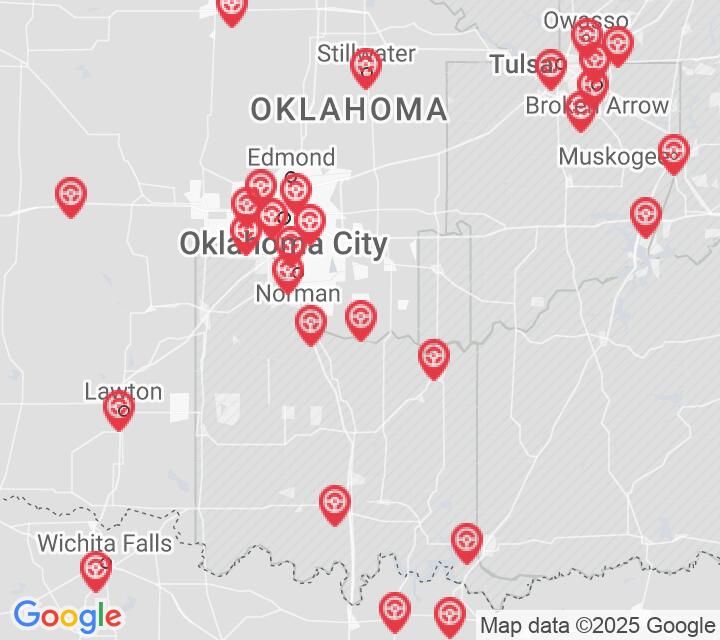Air Brakes
This endorsement is required for driving a vehicle with air brakes. To receive this endorsement, applicants must pass a written test. The test consists of 25 multiple choice questions. Each question has three answer choices. To pass, the applicant must answer at least 20 questions correctly. Test questions come from the Oklahoma Commercial Driver License Manual. Questions come from the chapter covering: Air Brakes. The Air Brakes endorsement may be used with the Class A, B or C CDL.
Number of Question
Passing Score
19. A low air pressure warning signal:
Explanation
A vehicle with air brakes must be equipped with a low air pressure warning signal. If the warning signal goes off while a vehicle is being driven, the driver should bring the vehicle to a complete stop and have the system repaired.
20. An alcohol evaporator is especially important:
Explanation
Some air brake systems contain an alcohol evaporator. This evaporator introduces alcohol into the system to help prevent ice from forming in cold weather.
21. During an applied leakage test, what is the maximum leakage rate that is safe for a single vehicle with air brakes?
Explanation
It is important to know the maximum air loss rate that is safe for your specific vehicle. A single vehicle with air brakes should have a leakage rate no higher than 3 psi in a minute during an applied leakage test.
22. In a vehicle with dual parking control valves, a separate air tank can be used:
Explanation
In a vehicle with dual parking control valves, there is a separate air tank that can be used to temporarily release the spring brakes if they have been activated due to low air pressure. Pushing in the proper control will release the spring brakes for a short period of time, allowing the driver to move the vehicle in an emergency.
23. Friction in an S-cam brake is caused when the brake shoes and linings:
Explanation
Friction inside a brake drum is caused when the brake shoes and linings push against the inside of the drum. The friction in the drums will slow and stop the vehicle.
24. What kind of force do emergency brakes use?
Explanation
Air brakes are really three different braking systems: the service brake, the parking brake, and the emergency brake. Emergency and parking brakes are applied with mechanical force.
25. Air tank drains:
Explanation


